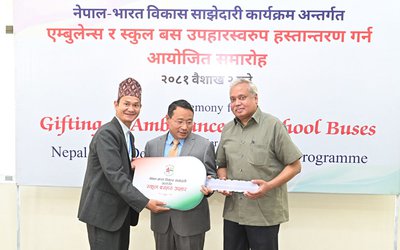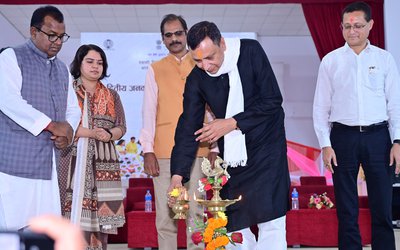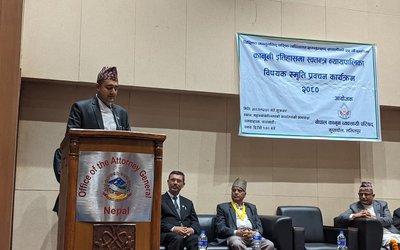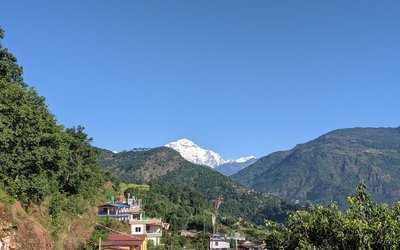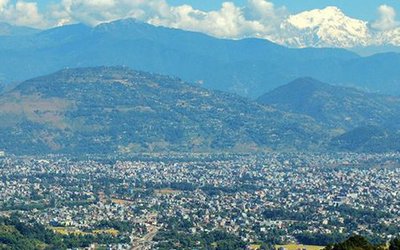Over one hundred houses were washed away in Dang and over 500 houses were inundated by floods in Laxamanpur areas of Banke district bordering India due to the embankment built on other side of border.
When the life of tens of thousands of people was at stake due to floods, the government responded with the traditional approach, providing some relief materials and rescuing them to put in temporary settlements.
Despite the development of several methods and ways, Nepal’s approach to dealing with the floods and landslides remains decades old. Instead of working for a long term solution, the government finds it easy to work for rescue. Normally, a dozen police officers are deployed and the district level Disaster Relief Fund distributes relief materials for the victims.
The response of the prime minister is also no different. “After knowing the devastation, I have already asked concerned officials to take rescue and rehabilitation work,” prime minister Dr. Baburam Bhattarai told. “Affected people should be given enough materials.”
Nepal is one of the most vulnerable countries in terms of disaster and recent studies have shown that climate related disaster will also affect a large number of people. However, Nepal’s response to disaster has not changed. Under the District Disaster Relief Committee, chief district officer normally mobilizes police, Army and local Red Cross Representatives to carry out the rescue work.
“We have been taking the disaster relief and rehabilitation work as part of the existing act,” said spokesperson of Ministry of Home Affairs. Although the intensity of disaster is going high, the response of the government has nothing changed.
“Nepal’s disaster rescue and rehabilitation work needs a revamp and there is need for more coordination among different stake holders,” said Purushottam Ghimire, spokesperson of National Planning Commission.
Along with national agencies, international agencies including INGOs and UN agencies have also been in the disaster risk reduction sector supporting disaster management. However, there is no tangible change being seen as of now.
The recent rescue and rehabilitation work conducted in three districts of western and Midwestern region showed that Nepal’s disaster response method is too little and too slow.
State of Devastation
After the monsoon season started at least 15 people were killed in different parts of Nepal. Ten persons were killed as incessant rains battered the country triggering landslides and floods since last Thursday.
More than a half a dozen of districts in western, mid-western and far western regions, including Manang, Gulmi, Kapilvastu, Dang, Banke, Bardia and Kailali have been been largely affected. As the rain continues, it is likely to affect more areas.
From inundation to landslides and floods, all these districts have seen all kinds of disasters but the response is too poor as no efforts have been taken to prevent such disasters. Although Banke and Bardia are prone to inundation due to embankment built at the border side in India, Nepal government is yet to take the issue with concerned Indian officials. Rapti river, which is also a cause of concern in the Indian state of Utter Pradesh, is creating havoc in Nepal.
- TANAHU HYDROPOWER PROEJCT: A Significant Achievement
- Apr 15, 2024
- AMBASSADOR HANAN GODAR: Sharing Pain With A Nepali Family
- Mar 30, 2024
- VISIT OF KfW AND EIB TO NEPAL : Mission Matters
- Mar 25, 2024
- NEPAL BRITAIN SOCIETY: Pratima Pande's Leadership
- Mar 24, 2024
- NEPAL ARMY DAY: Time To Recall Glory
- Mar 15, 2024



